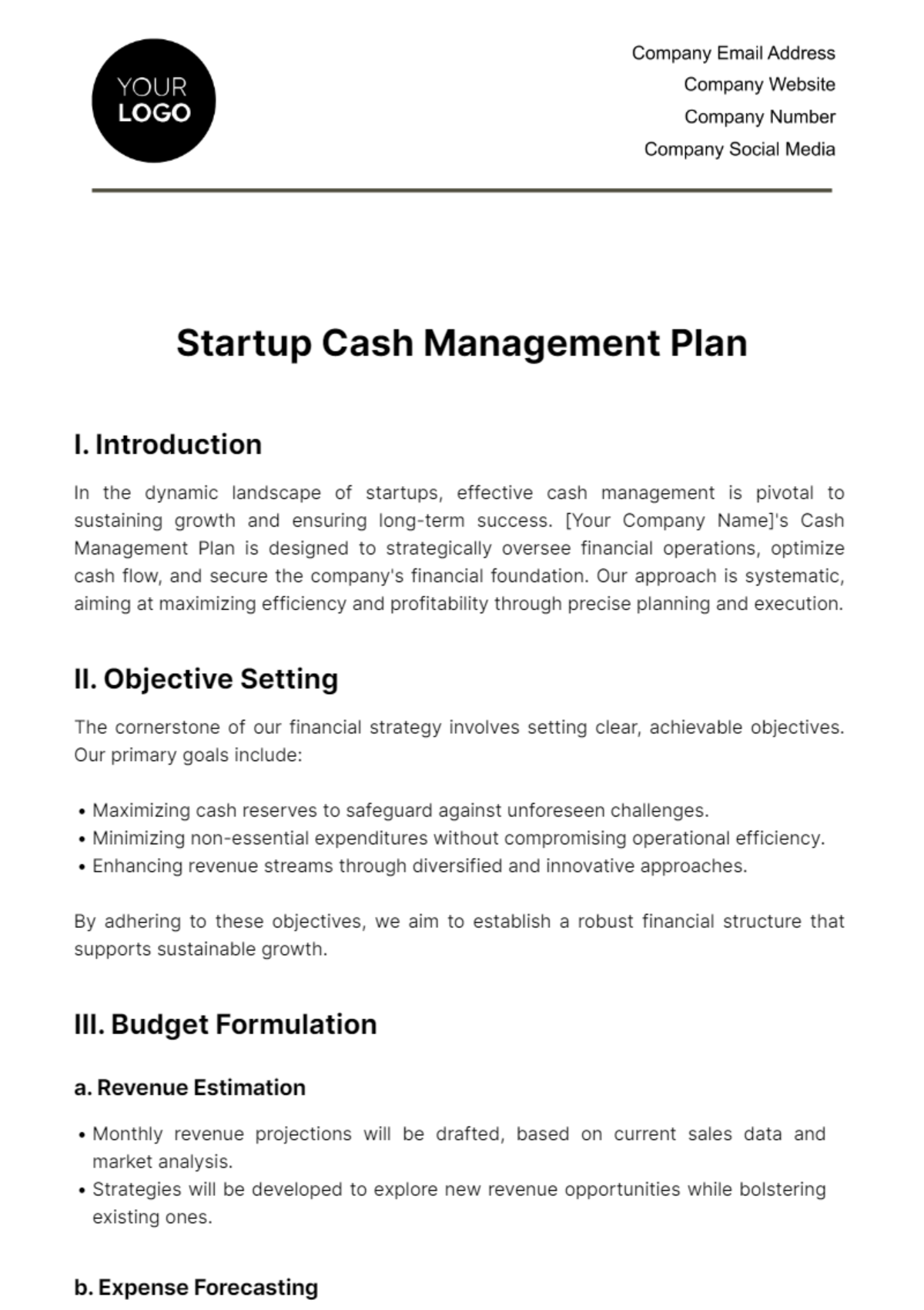Free Startup Debt Management Plan
Kickstart your business's financial management with Template.net's Startup Debt Management Plan Template. This customizable document is designed to be editable in our Ai Editor Tool, allowing you to effectively outline your debt management strategies. Professionally crafted yet user-friendly, our templates offer a streamlined approach to fiscal responsibility. Simplify and upgrade your financial planning process with this indispensable tool.


























